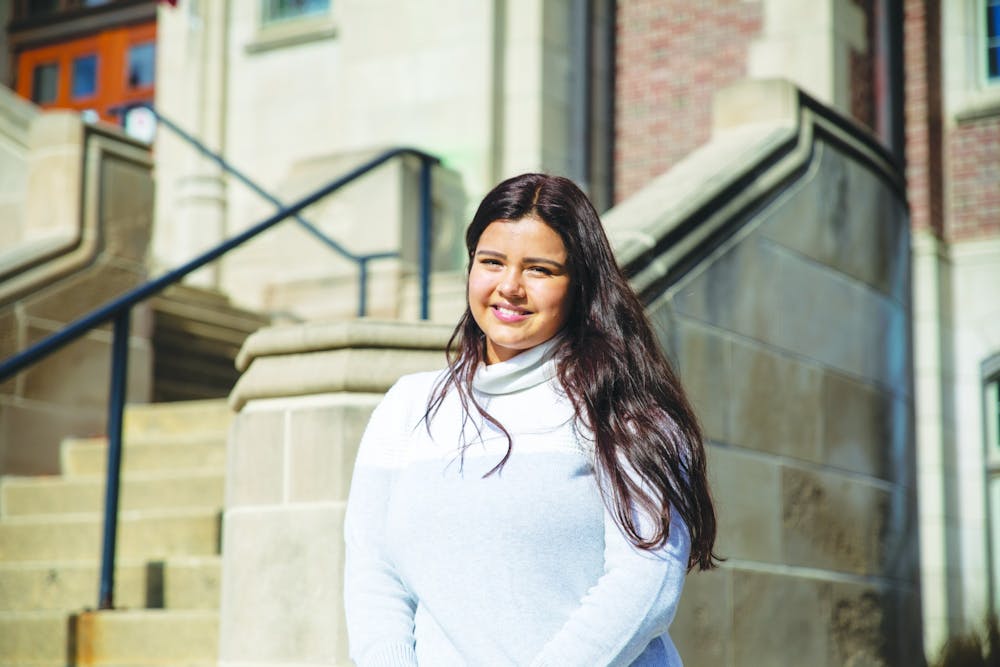Editor's note: “On the Clock” is a Ball State Daily News series profiling Ball State students and their on-campus jobs. If you have any suggestions as to who we should feature next, send an email to features@bsudailynews.com.
An hour before the David Owsley Museum of Art (DOMA) opens to the public, senior art history and studio art major Marie Dickison arrives to flip on all the museum’s lights across its galleries.
As an exhibition assistant, Dickison has spent the last six months at DOMA working alongside Randy Salway, DOMA’s exhibition designer preparator, on the museum's latest exhibition, “20/20: Twenty Women Artists of the Twentieth Century.” Dickison hung the exhibit’s paintings, photographs, prints, sculptures and architectural drawings from the museum's collection on the walls of the exhibit.
“There’s a whole secret world that I get to be a part of that I really enjoy,” Dickison said.
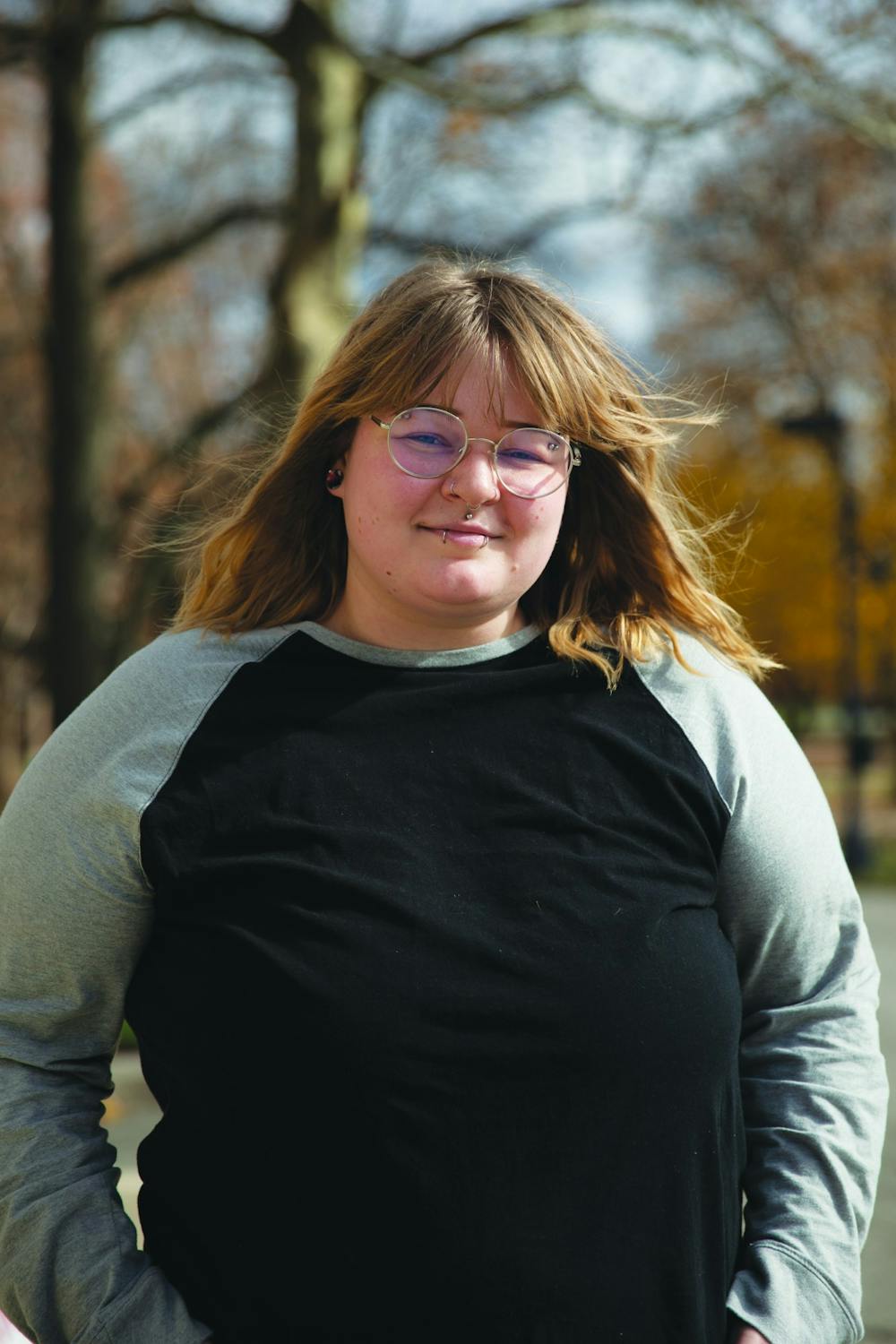
Dickison is one of DOMA’s 20 student employees who help DOMA staff reach its goal of serving as a valuable educational resource for the Ball State and Muncie communities. Rachel Buckmaster, DOMA’s assistant director, supervises the student employees, and she said she views all of the students as her colleagues.
“I personally have chosen to work at a campus museum rather than another kind of arts institution because I get to work with students,” Buckmaster said. “Students often have enthusiastic and thoughtful feedback to provide, so it’s great to learn from each other and to collaborate in a learning environment that is very fulfilling.”
Because of the COVID-19 pandemic, senior professional sales major Jasmine Romero has taken extra precautions as a guard at DOMA to ensure both the museum’s visitors and art are safe. Romero said being a guard at DOMA is the best job on campus because Buckmaster is understanding of what it is like to be a college student and is there for the students’ mental health.
“The guards actually have a Snapchat group chat, and our name is ‘Rachel’s Fan Club,’” Romero said. “She definitely makes it a point to come to us and just check in, see how we're doing and make sure that our schedule is matching what we need and what we can do.”
As a guard, Romero shows people where available parking is for the museum, tells visitors to wear masks and ensures there are no more than 30 people in the museum.
“Even when people are in your gallery, we do keep 6 feet apart,” Romero said. “I usually like to be on the opposite side of the gallery just so that [visitors] don't feel like I'm in their space or making them feel rushed. I'm just there to ensure that everything is OK. It's our job to walk around and secure both the guests and the art.”
Senior history and biology major Emma Cieslik began working as a volunteer docent at DOMA in 2018. Now, she is a collections assistant, where she helps Denise Mahoney, DOMA’s collections manager and registrar, catalog incoming collections. Cieslik also regulates tarnish on the museum’s silver art, records the humidity level in the galleries and dusts the museum every week.
“The beauty of ... helping the art museum to exist is that people can come [visit] the art and engage what it means to them and what it means to other people,” Cieslik said.
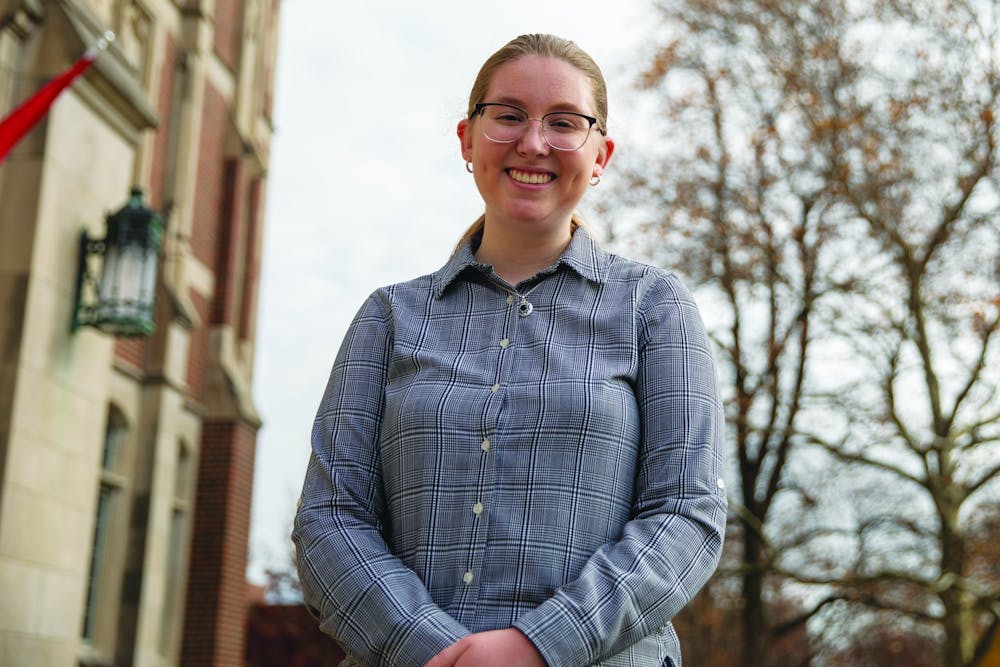
While Cieslik works behind the scenes of the museum, she said, every day is different because visitors will ask her questions about art in the museum as she’s working.
“People recognize me as somebody who works at the museum, and [they] are just eager to ask a question of ‘What does this Buddhist statue have to do with the gallery?’ or ‘What is this made out of?’” Cieslik said. “Those are some of my favorite moments in the gallery because I get to come behind the scenes from storage and provide a little bit of information for people that are seeing the museum on the actual ground floor.”
Senior ceramics and art history major Lillian McClung also began working at DOMA in 2018 as a curatorial intern, and she is now a curatorial assistant. She writes data sheets for each object in the museum, writes labels describing the exhibited art and researches information about objects by requesting Inter Library Loans and emailing other museums or galleries. Throughout her two years at DOMA, McClung has provided research and background for about a third of the works on display.
“Having a museum of this size and with the extensive range of works on display is incredibly beneficial to the learning environment,” McClung said. “I don’t think many people realize this, but not many universities of our size or in our ‘remote’ location — we aren’t in a big city; we’re in the middle of east central Indiana — can provide such an outstanding environment or collection for their students.”
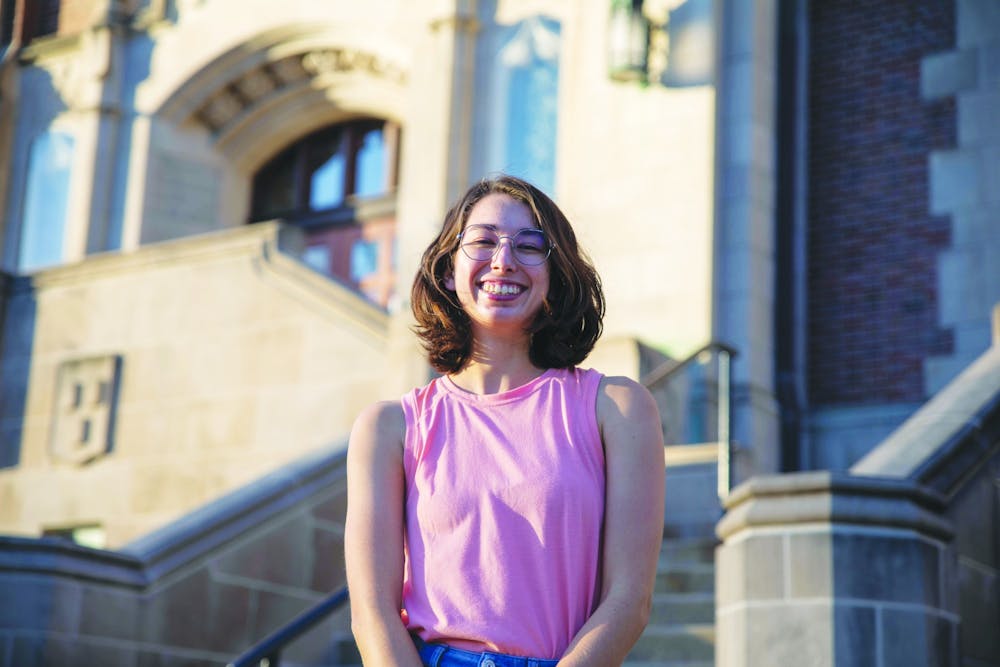
Sophomore public history and philosophy major Griffin Green also conducts research as the education assistant at DOMA. Learning on his feet, Green said, he compiles articles and images about a specific artist or artwork onto a single, coherent document for visitors and docents to turn to.
“Being able to come in every day and just know that my job is making a difference and helping people understand more about what's actually at the museum [is my favorite part of my job],” Green said. “That way, people can take something away as they head out. It's good to be surrounded by art, but [it’s also good] if I can tell people about it as well.”
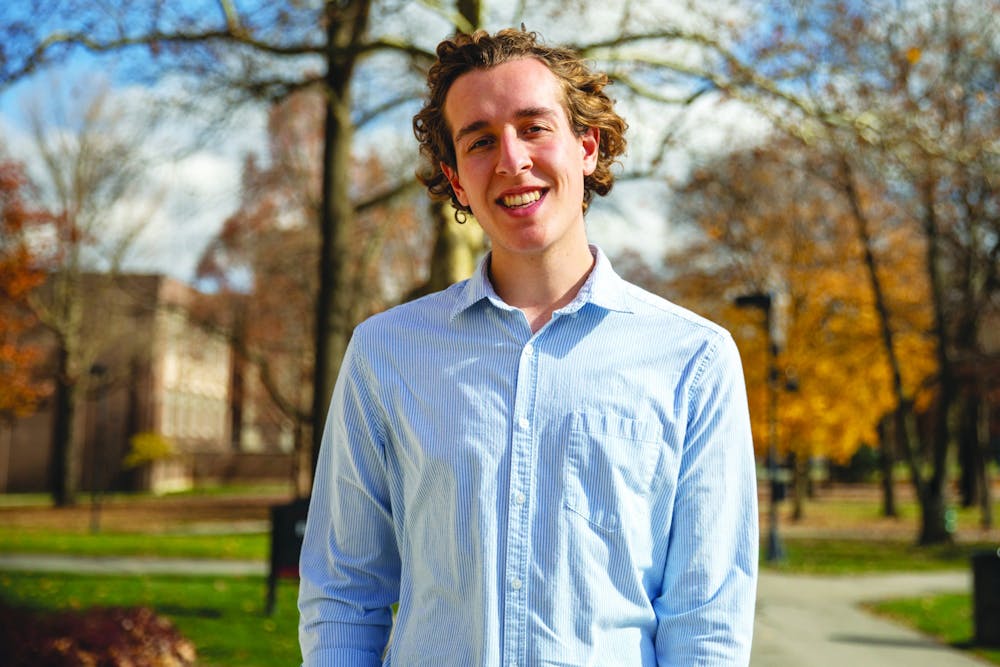
As Romero continues her second year working at DOMA, she said, she enjoys the museum’s silent, relaxed environment and surrounding herself with the artistic beauty.
“For the rest of our students, to be able to be educated in a new way of not just the mental things and [being] booksmart, but also being able to observe beauty and connect it to history … I think it is a great topic to be able to look at something, process information and make deeper connections,” Romero said. “I think that's amazing, and I'm honored that Muncie has something that is so amazing.”
Contact Mary Stempky with comments at mstempky@bsu.edu.

